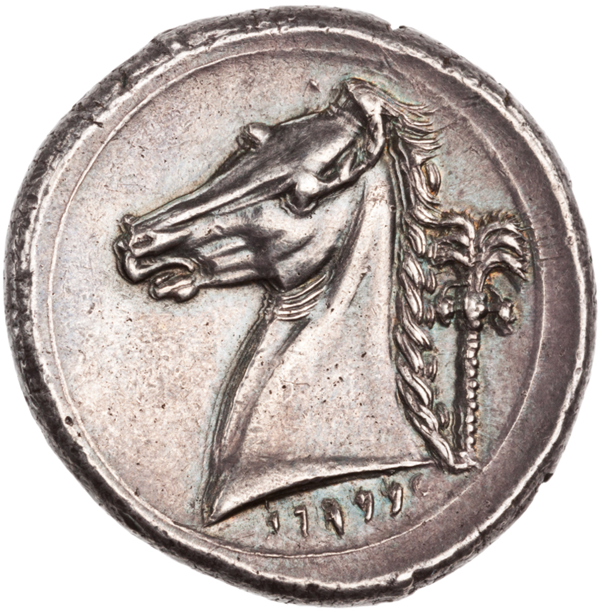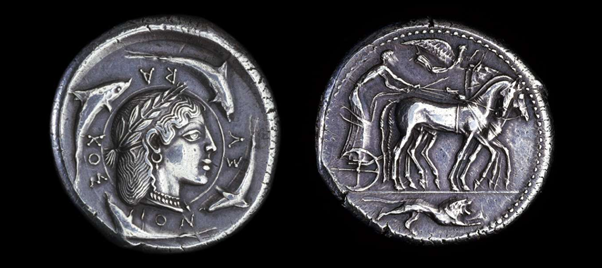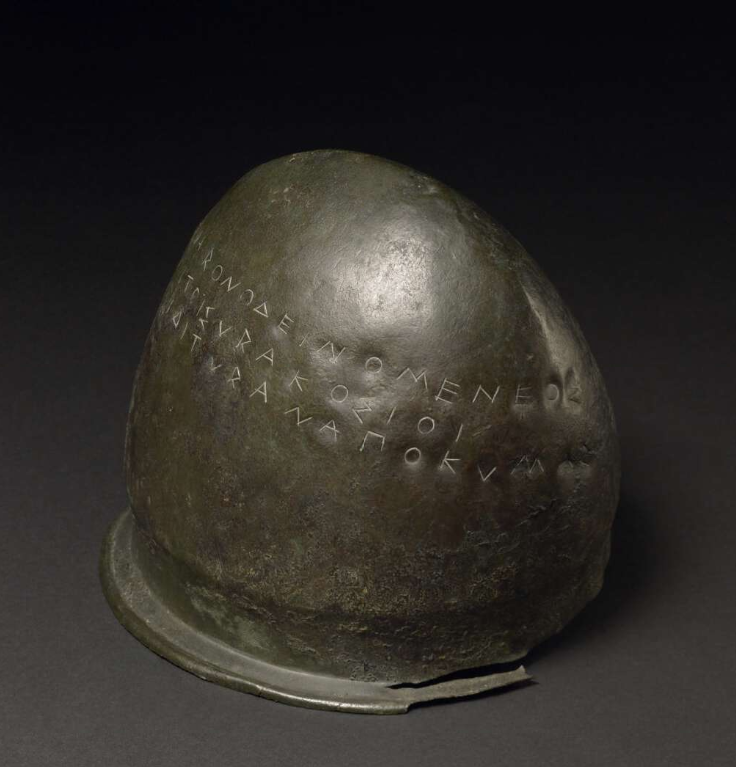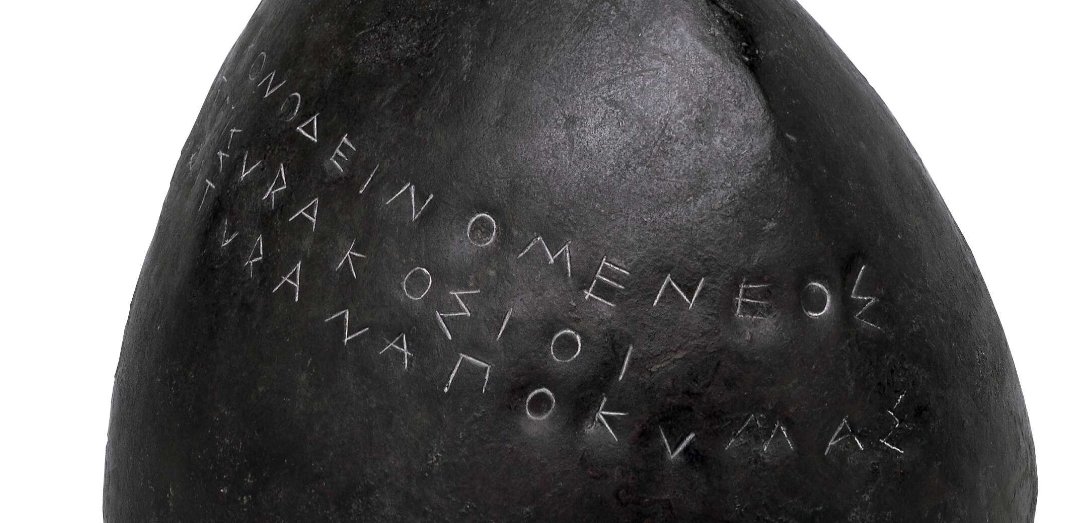
Ancient Coin of the Day: An absolutely gorgeous silver tetradrachm of Demetrius I of Bactria, ca. 2000-185 BC, with an utterly fantastic portrait bust of the man himself on the Obverse. #ACOTD #Bactria
Image: ANS 1997.9.67. Link - numismatics.org/collection/199…

Image: ANS 1997.9.67. Link - numismatics.org/collection/199…


The history of the kings of Bactria is quite confusing, primarily because our information about them is primarily derived from numismatic sources, which has necessarily caused some degree of debate about the period.
Around 245 BC, the satrap of Bactria, Diodotus I, broke from the Seleucids and established Bactria as an independent kingdom, issuing coins typical of Hellenistic monarchs, with an Obverse dominated by a diademed portrait.
Image: ANS 1980.109.108. Link – numismatics.org/collection/198…

Image: ANS 1980.109.108. Link – numismatics.org/collection/198…


I should just say that I really like the Reverse of this Diodotus coin – a gold stater, ca. 245-230 BC – showing Zeus raising his thunderbolt. I should probably also (as is my wont) note that it’d likely be of interest to @museumbums 

But back to the matter in hand! The power of the kingdom of Bactria expanded, exploiting the weakening of the Indian Maurya Empire, and successfully annexing areas of India across the Hindu Kush as far as Punjab. It is likely that the elephant headdress portrait...
...on the Obverse of this coin is commemorative of such an expedition. Here too may be deliberate echoes of the earlier coins of Ptolemy I showing Alexander the Great in an elephant headdress.
Image: ANS 1957.172.2020. Link - numismatics.org/collection/195…

Image: ANS 1957.172.2020. Link - numismatics.org/collection/195…


But in other respects, the portrait of Demetrius has also moved away from the 'idealised' portraits of Hellenistic rulers, as now the king appears as rugged, with a rather dour expression.
However, the Reverse of the coin, with its design of Heracles and its clear Greek Legend of ΒΑΣΙΛΕΩΣ ΔΗΜΗΤΡΙΟΥ – ‘Of King Demetrius’ – maintains that connection to the numismatic traditions of the western Hellenistic kingdoms. 

For more on this period, see:
Jakobsson, Jens. “Who Founded the Indo-Greek Era of 186/5 B.C.E.?” The Classical Quarterly, vol. 59, no. 2, 2009, pp. 505–510.
jstor.org/stable/20616702
#ACOTD #Bactria
Jakobsson, Jens. “Who Founded the Indo-Greek Era of 186/5 B.C.E.?” The Classical Quarterly, vol. 59, no. 2, 2009, pp. 505–510.
jstor.org/stable/20616702
#ACOTD #Bactria
• • •
Missing some Tweet in this thread? You can try to
force a refresh














